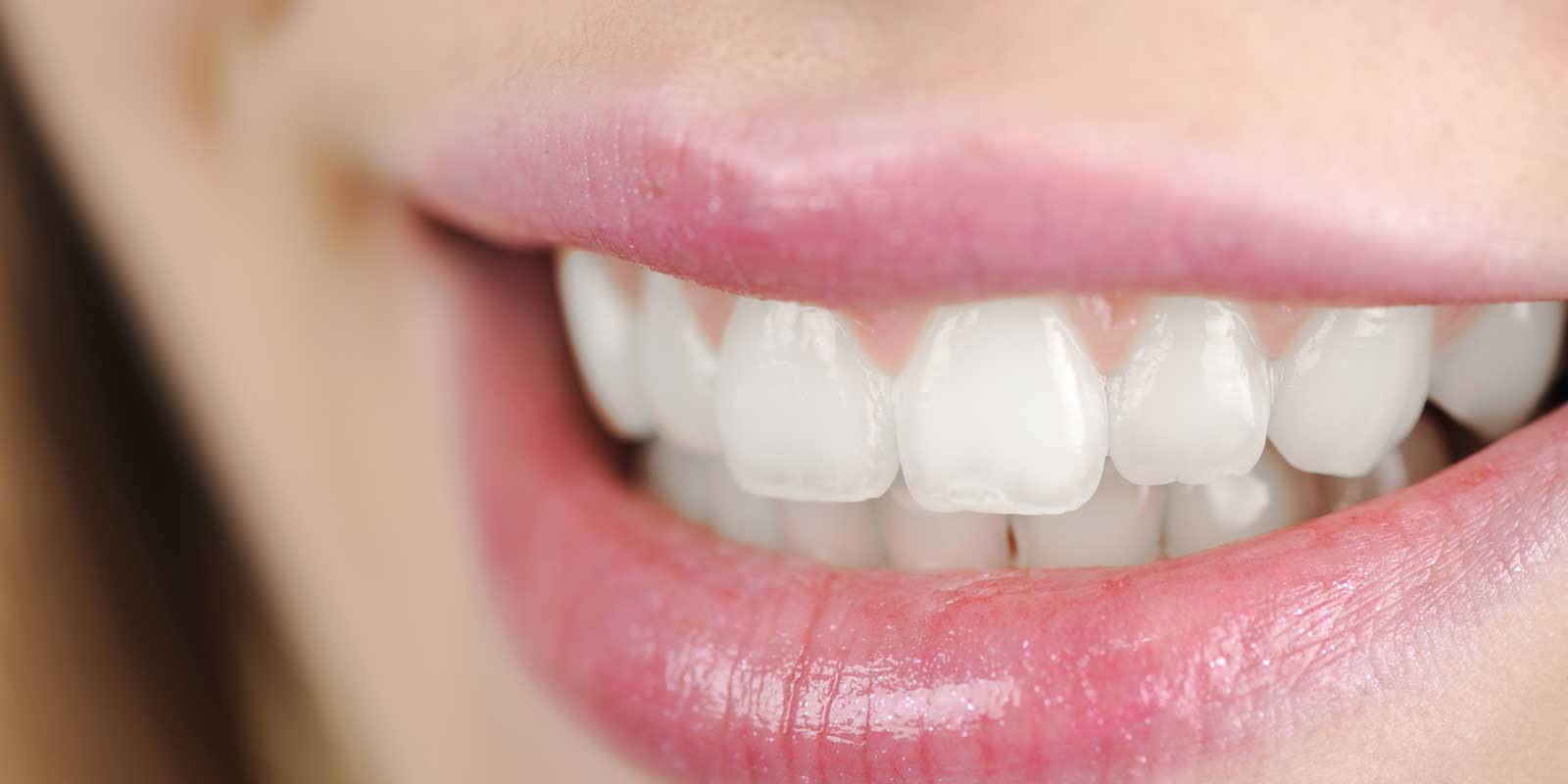We know that we need to floss our teeth at once in a day, but not everyone knows how it should be done.
Flossing techniques
Break around 18 inches floss and wrap it around your middle finger. Wrap the remaining floss around that finger of the opposite hand. The finger will take up the floss when flossing. Hold it tightly between the thumbs and the forefingers. Place it between the teeth and rub gently, don’t snap the floss into the gums. Make a C-shape curve with it against a tooth and when the floss reaches the gum line. Slide the floss between the tooth and the gum gently.
Hold the floss well against the tooth and rub the sides of the tooth softly. Move it away from the gum up and down. Repeat the process on the rest of the teeth. Remember to floss the backside of the last tooth.
Throw the floss away after you are through. Used floss may have bacteria and may not be effective.
Consult the dentist about some of the best dental care products that can be effective for your routine.
This technique will give you maximum benefits.
Proper flossing will help to remove plaque and food particles in areas where a toothbrush cannot reach like under the gum line and between the teeth. Plaque buildup can lead to gum disease and tooth decay. Daily flossing is recommended.
Schedule Appointment
Dental floss types
You’ll find two kinds of floss that you can use. The PTFE floss and the nylon floss.
You can get unwaxed and waxed nylon floss in different flavors. The floss has many nylon strands; it can shred or tear between teeth and tight contact points.
The single filament floss (PTFE) slides easily, even in the tight spaces between the teeth. It is shred resistant. If it is used properly, the two kinds of floss can be effective at removing tartar and plaque.
Benefits of flossing
Regular flossing will help to remove plaque and help to stop the formation of plaque. Flossing will also help to make the teeth whiter by removing food particles and plaque that you might not be able to see or brush.
Daily flossing will keep the teeth healthy. Proper oral hygiene also contributes to healthy teeth and gums.
There is increasing evidence associating periodontal diseases to heart diseases, even though, more studies should be conducted to prove this relationship. Some researchers believe that mouth infection, can raise the inflammatory materials in the blood and cause blood clots. This will slow the flow of blood to the heart. The bacteria in mouth infection will enter into bloodstream and affect the cardiovascular system.
Flossing will help to stop tooth decay and decrease the risk of causing gum disease by removing food particles and plaque.
Flossing will also offer you the chance to examine the mouth for any redness or swelling. You will have an occasion to check the teeth, gums and the tongue. Some conditions like HIV/AIDS, cancers, substance abuse and poor eating habits can develop lesions, swelling, and redness in the mouth.
Periodontal diseases are not the main cause of pulpal death; unhealthy gums may increase the risk of losing the teeth or need a root canal. Brushing alone cannot protect you from tooth loss and gum disease.
Those people who undergo from bleeding or sensitive gums may try to stay away from flossing because the bleeding gums may worsen. But, flossing will help to recover the health of the gums and help prevent bleeding.
Flossing together with brushing daily will help to prevent gingivitis by removing food particles and plaque. Flossing is important to your health. Even kids can floss and adopt good oral hygiene.

Flossing and gingivitis
Gingivitis is the initial phase of gum disease. It can be treated. Flossing will help to keep gums healthy and prevent the symptoms and signs of gingivitis. Combined with rinsing and brushing daily, you can keep a beautiful and healthy smile for life.
Weight loss can be difficult for some individuals. There is subjective evidence that supports the idea that flossing and brushing after meals can reduce the desire to snack. But no study or evidence is linking dental health to dieting.
When snacking, remember that some snacks like dried fruits are a healthy choice but can stick between the teeth. The sugar level in dried fruits is also high and can develop tooth decay and more bacteria. Luckily, flossing will help to keep the teeth clean without undermining the healthy efforts.
Can dental problem prevent an individual from flossing?
No matter the diet that you are following, the teeth and mouth can look and feel great if you follow a proper dental care routine. Flossing daily is an essential routine to remove plaque but it is also the one that most people avoid. This is because they think flossing is painful. But if the right tools are used, it can be painless and easy.
Most people believe that standard floss is the only effective tool for flossing. But various products can be used by any person with any dental issue.
Consider a specialized flossing option is you have any of the following conditions:
- If you’ve bleeding gums and sensitive teeth, choose floss that is soft and slides easily between the teeth.
- If you have braces or dentures, you can also floss. You can use specialized floss with a stiff end which you can wrap beneath the fat wire of the braces and spongy material that can slide between the teeth easily.
- If you’ve got a child, it is important to educate them on the advantages of flossing. You may start at the age of about seven years. But most kids are less keen, and they will often complain that the process is painful and difficult.
- If you’ve difficulty manipulating the floss, you can try an electric flosser. This is easy and neat if you don’t like reaching the back of the mouth. The electric floss will provide the ideal amount of pressure and leave the gum feeling stimulated.
Ensure that you choose one of the best dental floss for healthier teeth.
